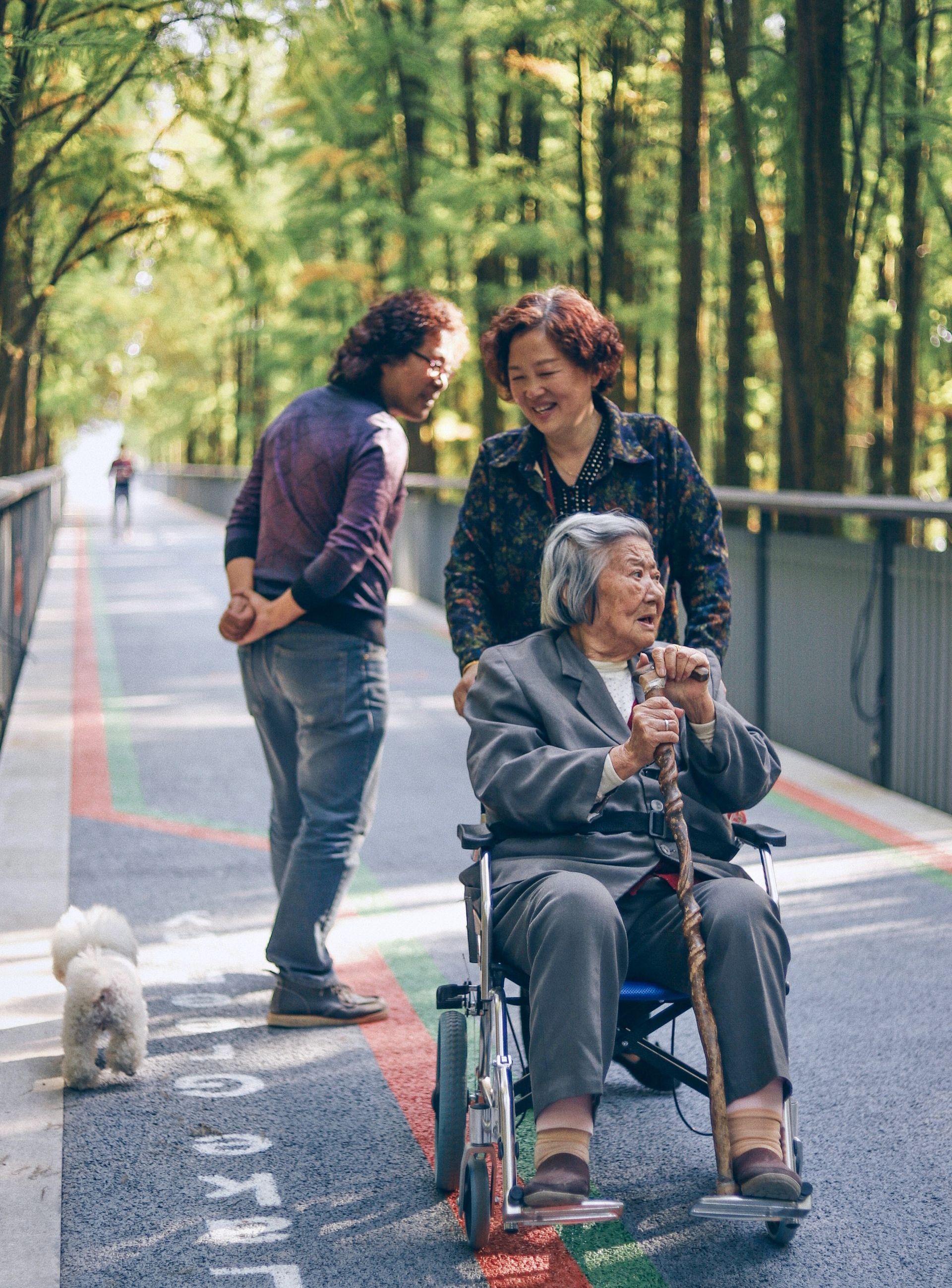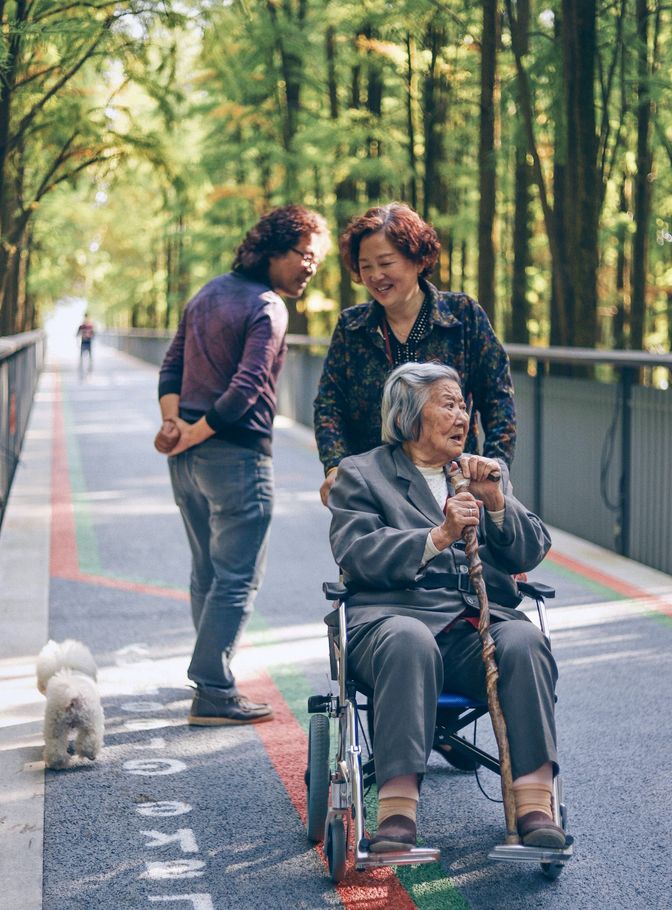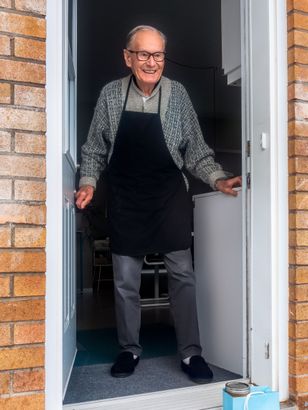By Lenette Hamm
•
19 Apr, 2024
When considering long-term care options for yourself or a loved one, it's essential to understand the differences between nursing facilities and assisted living facilities. While both offer supportive environments for individuals needing assistance with daily activities, they serve distinct purposes and cater to varying levels of care needs. Let's delve into the comparative aspects of these two types of facilities to help you make an informed decision. Medical Services: Assisted Living: Assisted living facilities primarily focus on providing assistance with daily activities while offering varying levels of medical attention. Residents may receive support such as transportation to medical appointments and assistance with medication management. Additionally, specialized care areas may be available for individuals with conditions like dementia. Assisted living facilities are not regulated by the federal government but, in Kansas, are licensed by the Kansas Department for Aging and Disability Services. Nursing Home: In contrast, nursing homes, also known as skilled nursing facilities, offer round-the-clock, 24-hour medical care, typically with more staff than an assisted living facility. A nursing home setting may be appropriate for individuals who need extended post-operative care, complex medical monitoring, nursing, medical, social, and rehabilitative care. Moreover, nursing homes provide rehabilitative services such as physical, occupational, respiratory, and speech therapy for residents in need. Nursing homes are subject to more government oversight by both the state and federal governments. Living Space: Assisted Living: Residents of assisted living facilities typically reside in individual or shared apartments equipped with kitchenettes, bedrooms, and living areas. Common spaces encourage social interaction and participation in communal activities, including dining areas, activity rooms, salons, and gardens or outdoor walkways . There may be accommodations for pets. Nursing Home: Nursing homes typically provide individual or shared (semi-private) rooms with en-suite bathrooms. While the living arrangements may be more compact, residents still have access to common areas for meals and activities. Assistance with Daily Activities: Assisted Living: Assisted living facilities offer light support with daily tasks like bathing, dressing, and meal preparation, tailored to the residents' needs. Laundry, housekeeping, and meal services are also available. Nursing Home: Residents of nursing homes often require more extensive assistance with daily activities. Staff members should assist with personal care tasks, medication management, meal preparation, and housekeeping. Recreational Activities: Assisted Living: Assisted living facilities prioritize providing a wide range of activities to promote physical and social engagement among residents. From exercise programs to creative expression and volunteering opportunities, these facilities foster a vibrant community atmosphere. Nursing Home: While recreational activities are also offered in nursing homes, they may be more limited in scope. However, supervised exercise sessions and various enrichment activities contribute to residents' overall well-being. Meals: Assisted Living: Residents in assisted living facilities may have the option to cook in their own kitchenettes or dine in communal dining rooms. Meal delivery services may also be available for added convenience and may require an additional cost. Nursing Home: In nursing homes, dieticians prepare meals for residents, considering their dietary preferences and restrictions. Residents can choose to dine in communal spaces or have meals served in their rooms. Cost and Insurance Coverage: In 2023, the average cost for a semi-private nursing facility room in Kansas was $7,483. For an assisted living room, the median cost was $5,850. Nursing home care tends to be more expensive than assisted living, with costs varying based on factors like location and level of care required. Medicare may cover some expenses for nursing home care (up to 100 days) under certain conditions, whereas assisted living is typically not covered by Medicare. Because Medicaid is a joint federal and state public health insurance program administered by individual states, coverage for assisted living services varies. Medicaid is available for those who need nursing home care but can't afford it or have a restricted income. Medicaid will pay for nursing home care for persons who require that level of care and meet the program's financial eligibility requirements. A person can have no more than $2,000 of "countable" assets in Kansas to qualify for Medicaid. Overall, understanding the distinctions between nursing facilities and assisted living facilities is crucial for selecting the most suitable option based on individual needs and preferences. Whether prioritizing medical care, independence, social engagement, or cost, there's a long-term care solution tailored to meet diverse needs. It's advisable to explore available resources, consult with healthcare professionals and KABC, and carefully evaluate each facility's offerings before deciding. KABC is here to help! We offer free Consumer Information Reports on all licensed adult care facilities to help you make an informed decision.





















